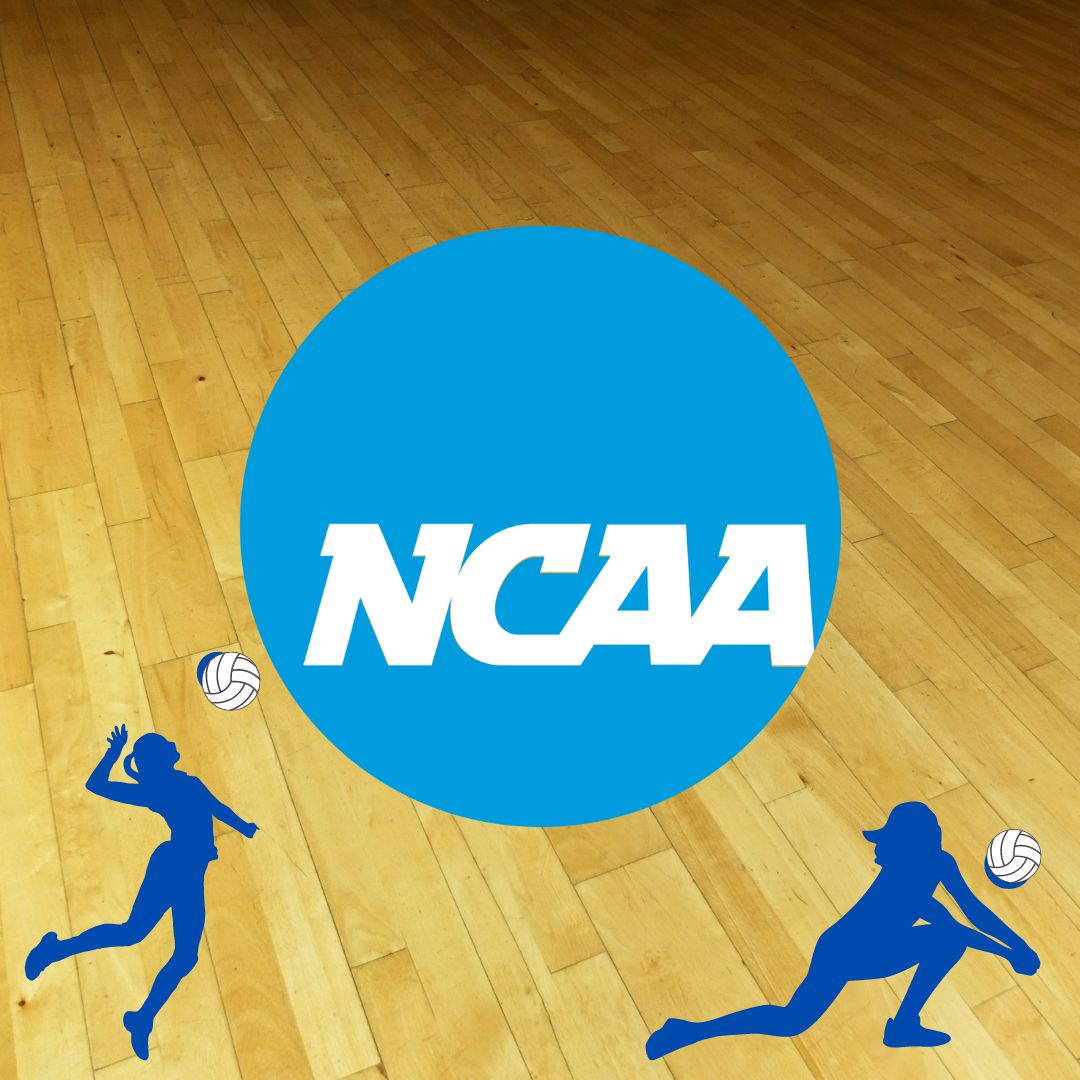Although sports often provide consistency and tradition, they are also constantly evolving. Changes to guidelines and rules by the National Collegiate Athletic Association (NCAA) for women’s college volleyball has left some high school players wondering about their futures, while others see increased opportunity or exposure for the sport.
During a recent NCAA Playing Rules Oversight Panel meeting in January 2024, a new double touch rule for college volleyball was approved.
On Feb. 20, the NCAA released an online statement detailing the changes.
“[The] panel approved allowing women’s volleyball players to contact the ball more than once with any part of the body in a single attempt on a team’s second contact when the ball is played to a teammate,” it read. “However, if the ball is played over the net in this type of scenario, it would be ruled a fault, and the team would lose the point.”
The goal of the new rule is to allow for continuation of play. This means that rallies will be longer, and more time will be spent playing, which is seen as a benefit for both athletes and fans.
NCAA Women’s Volleyball Rules Committee chair and coach at Division 1 school, Northern Colorado University, Lyndsey Oates regards the new rule as an exciting change for the sport.
“Our goals with all the proposals were to continue to make volleyball an exciting game to watch and play,” said Oates. “Our sport is in such a great place that we only want to continue advancing it and not set us back.”
Sophomore and varsity volleyball player Koko Zemsky has mixed feelings. Zemsky plays as an outside hitter. She works with the setter, the player who’s responsible for getting the ball to the hitter to score points.
“In volleyball, there’s a setter who often gets the second touch in a rally [round of play]. What they do is set the ball up for the hitter to hit, by holding their hands above their head and pushing the ball out,” said Zemsky. “It used to be where when they set it, the ball couldn’t really spin that much. The NCAA’s new rule says that you can spin the ball when you set, [and let it touch both hands].”
Zemsky’s role as an outside hitter limits her chances to set. She foresees a more relaxed attitude toward doubling, which means being both a hitter and setting.
“Because I’m not a setter, I don’t usually practice [not doubling] that much, but in practice they won’t be as strict about us doing doubles,” said Zemsky. “It’s one less thing to stress about in a game, which is nice.”
The impacts for setters will be higher, as the new rule forces a massive change.
“Technique is a big part of volleyball, it’s something that really defines a good setter and sets them apart. They work for their whole lives to get technique down and not double, so they can get into a good college,” said Zemsky. “This rule defeats that point.”
The double touch rule effects are not limited to setters. Players say complications for other positions will also arise.
Sophomore and junior varsity player, Melia Nyhus, plays as a middle blocker. She believes the new rule will complicate defense on opposing team’s plays.
“Doubles can be really surprising, and they can fly across the net sometimes. [A lot of players] haven’t been trained to receive those kinds of balls, and play off of them,” said Nyhus.
Some feel spectator attention is being prioritized over the well-being of the game.
“I think this rule was made for spectators. They added double touch to make the game longer and more entertaining,” said Nyhus. “[The rule] has a really big impact on everyone playing the sport.”
After the 2023 season’s collegiate matches drew high crowd attendance rates, the pressure to keep interest in volleyball increases.
“The sport is definitely growing, and I can’t see any other reason for [the rule] than keeping people interested,” said Nyhus.
Despite the fears of some players, Lincoln business teacher, junior varsity coach and ex-setter, Kim Worsham, doesn’t foresee radically changing how she trains setters.
“As a coach, I believe that there will be no change in training. Setters will still be trained to set with a single touch hit,” said Worsham. “Consistency in setting and placement is still required from great setters, so the hitters know where the ball is going.”
Besides the in-game change, the NCAA revealed other notable changes to collegiate rules. Players are now allowed to wear small nose rings and earcuffs. Interference above the net can be challenged in a video review. If the host team’s administration cannot prevent spectators from invading the playing area, they will be issued a red card.
“For the NCAA, I think it’s a good [to enforce keeping] the audience off of the court. It supports the safety of the players and coaches,” said Worsham.
Worsham has hopes that the new rules will support the future of volleyball, and positively impact the sport’s play.
“I would like to see that the game continues the rallies, and understands the objective of why the NCAA changed the rule in the first place, to keep the game moving,” said Worsham.


Jim Lawson • Jan 25, 2025 at 6:50 am
It’s misleading to say that spin is now legal. Spin has never been a consideration when calling multiple contacts in all rule sets. Only the contact is judged, not the results. A ball that spins may or may not have been doubled.